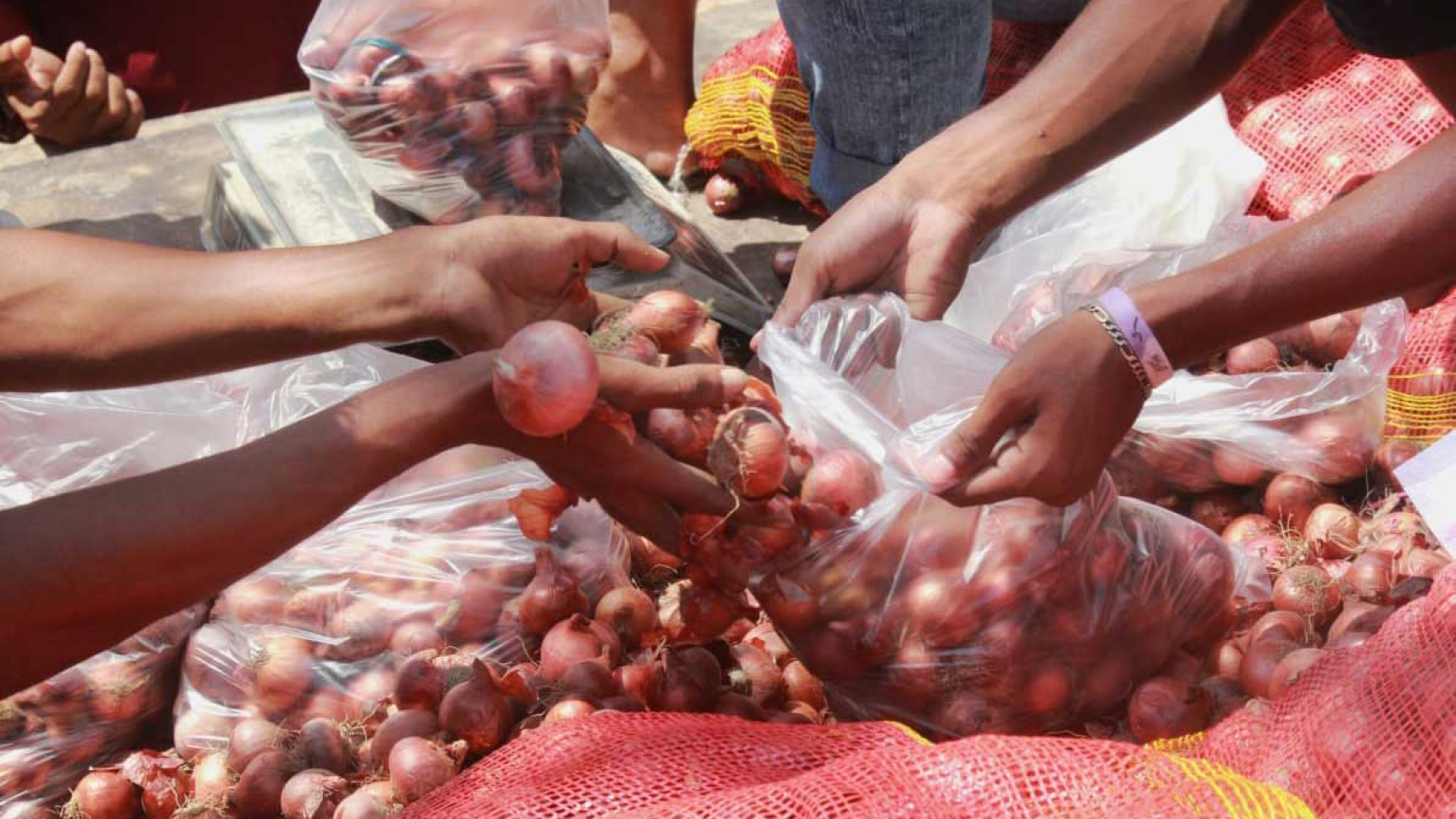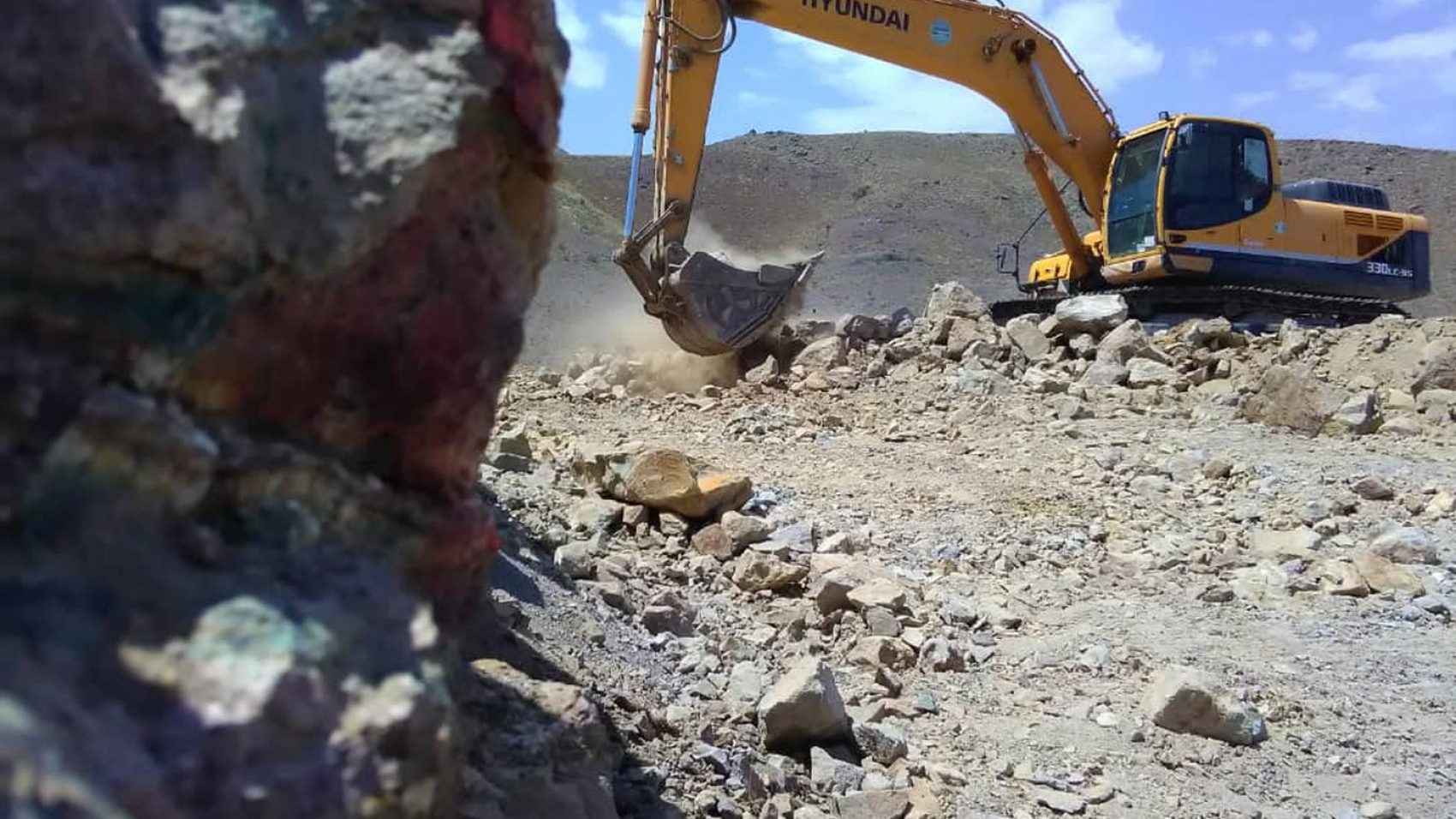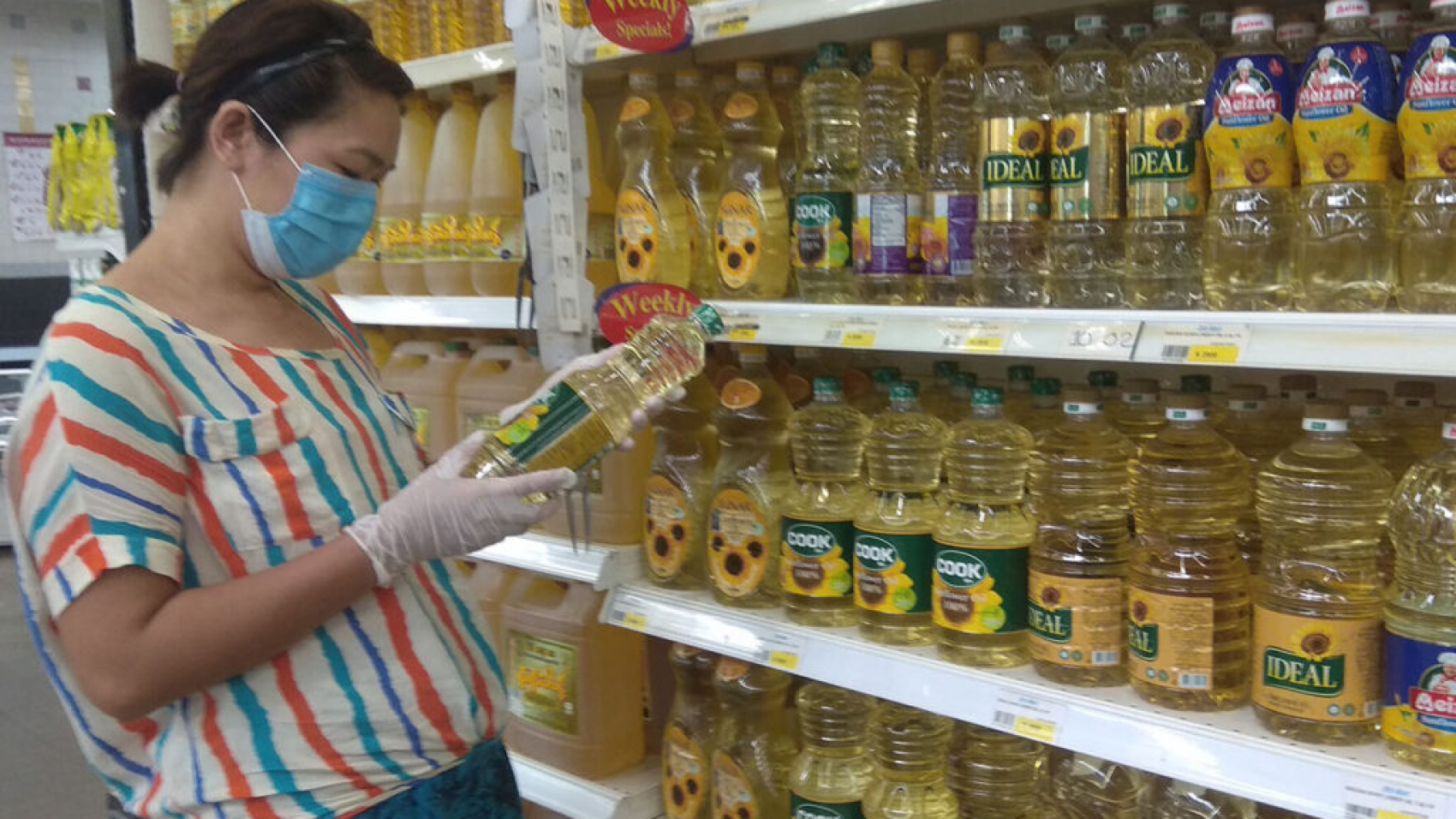Onion wholesale prices inched higher to K3,000 per viss in Bayintnaung Wholesale Centre in a week ended 23 August 2022. Kyukok potato variety and palm oil wholesale prices dipped last week. The chickpea price rose and price changes are recorded for black gram and pigeon peas.
Rice
In the week ended 23 August 2022, the prices of both high-grade and low-grade rice slightly increased. The wholesale rice prices per bag were K85,000-93,000 for Pawsan from the Shwebo area, K70,000 for Pawsan from Myaungmya and Pathein areas, and K68,000 for Pawsan from the Pyapon area, K53,000 for Pawkywe variety, K50,000 for short matured rice (90 days) and K42,000 for rice grown under multiple cropping.
Chickpea, black gram and pigeon pea
On 24 August, pulses price stood at K1,843,500 per tonne of black gram (Fair Average Quality/RC), K2,148,500 per tonne of black gram (Special Quality/RC) and K1,970,000 per tonne of pigeon pea (red gram) RC, whereas Chickpea prices rose to K4,200-4,400 per viss in the wholesale markets.
Palm oil
The wholesale reference price of palm oil in the Yangon Region is set at K4,860 per viss between 22 and 28 August. The price is up by K720 compared to the rate recorded in the previous week.
The palm oil wholesale prices in the markets declined from K10,000 to K9,500 per viss on 22 August. The palm oil price was estimated at K102,000 per jerrycan.
Onion
Approximately 120,000 visses of onions were supplied to Bayintnaung Wholesale Market on 23 August. Onion wholesale prices climbed to K2,300 -2,900 per viss of onions from Seikphyu Township and K2,450-3,000 per viss of onions from Monywa Township. The prices soared from K1,550-2,300 per viss depending on varieties and size on 13 August. The prices are up by K700 per viss in eight days of the market.
Potato
On 23 August, potatoes moved in the range of K1,450-2,200 per viss depending on qualities, while potatoes from China were valued at K2,400 per viss. The price of potatoes from Shan State is higher than those from China.
Garlic
On 23 August, garlic produced in Aungban town, Shan State fetched K2,400-4,000 per viss depending on the size in the wholesale markets, while Kyukok garlic variety peaked at K3,850 per viss.
Chilli pepper
On 23 August, the prices of chilli pepper moved in the range of K13,000 and K15,000 per viss depending on different varieties (Moehtaung, long red chilli (Panye) and green chilli).
Source: The Global New Light of Myanmar





